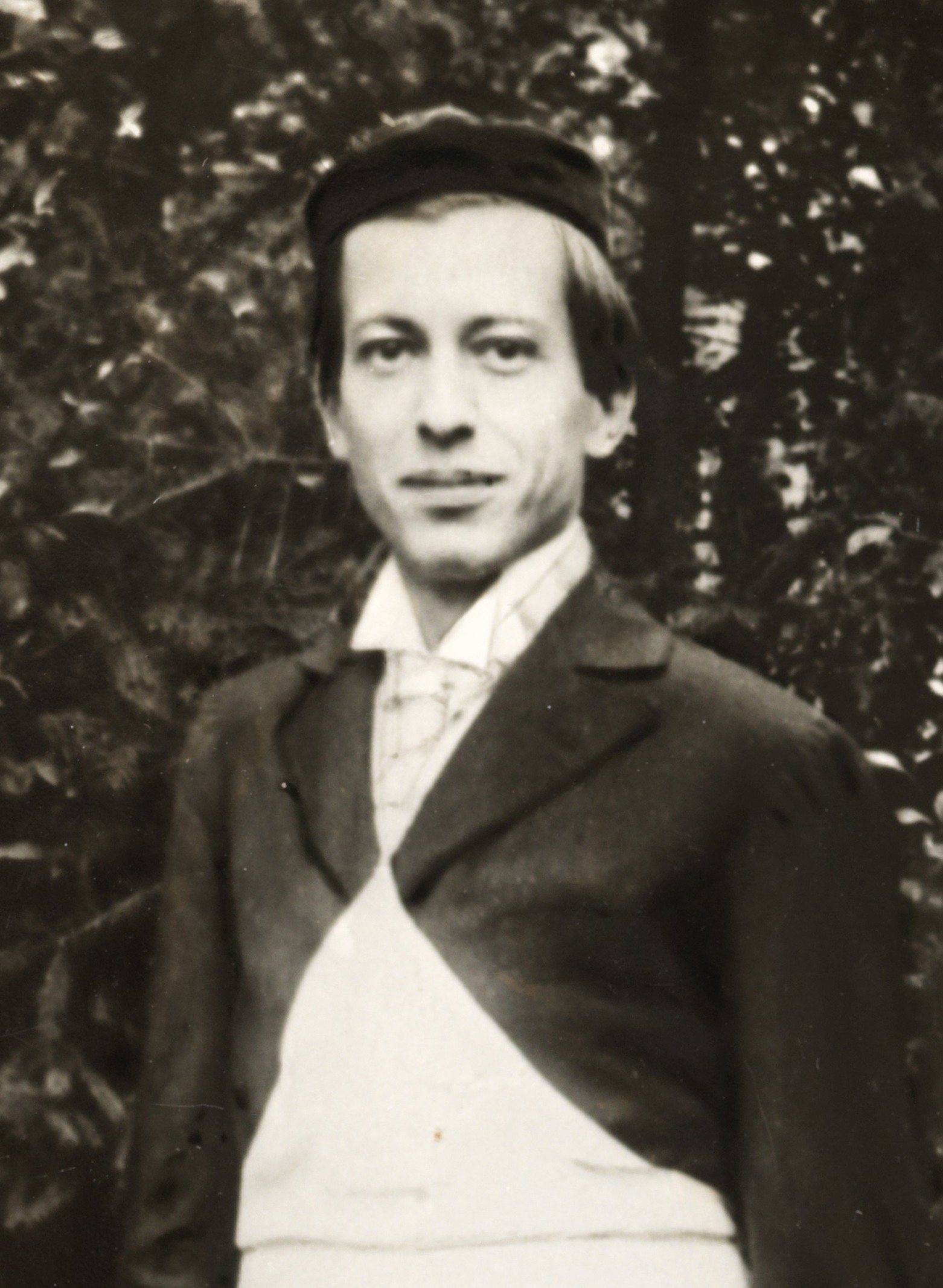
Nicolae Paulescu was a Romanian scientist who claimed to have been the first person to discover insulin, which he called pancreine.
When Frederick Banting and John James Rikard Macleod were awarded the 1922 Nobel Prize for Physiology and Medicine for creating usable insulin, Paulescu wrote to the Nobel Prize committee claiming that he had discovered and used insulin first.
His claims were rejected, but thanks to a British professor called Ian Murray Paulescu’s achievements are now recognised as being significant in the history of insulin
Medical training
Paulescu was born in Bucharest in 1869.
He became fascinated with physics and chemistry as he grew up and, upon graduating from the Mihai Viteazul High School in Bucharest in 1888, moved to Paris and enrolled in medical school.
Paulescu graduated with a Doctor of Medicine degree and was soon appointed assistant surgeon at the Notre-Dame du Perpétuel-Secours Hospital in 1897.
Three years later he returned to Romania where he served as Head of the Physiology Department of the University of Bucharest Medical School.
He remained in this position until his death in 1931
Pancreine research
In 1916, Paulescu developed an aqueous (watery) pancreatic extract which, when injected into a dog with diabetes, had a normalising effect on its blood sugar levels
Paulescu’s pancreine was an extract of bovine pancreas in salted water, purified with hydrochloric acid and sodium hydroxide.
Shortly after, Paulescu was called to service in the Romanian Army during World War I, returning in 1921.
He then wrote an extensive whitepaper about the effect of the extract, titled ‘Research on the role of the pancreas in food assimilation’, which was published in August 1921.
Paulescu secured the patent rights for his method of manufacturing pancreine on April 10 1922 by the Romanian Ministry of Industry and Trade – patent no. 6254.
Nobel Prize debate
By the time Banting and Charles Best had isolated insulin in February 1922, which was successfully administered in a human patient for the first time, Paulescu was awaiting confirmation of his patent.
So when Banting and Macleod were awarded the Nobel Prize in 1923, Paulescu wrote to the Nobel committee claiming priority. But his claims were rejected.
In 1971, Roif Luft was president of the International Diabetes Federation and chairman of the Nobel Prize Committee for Physiology and Medicine. He highlighted that, in their 1922 paper published in the Journal of Laboratory and Clinical Medicine, Banting and Best misinterpreted Paulescu’s research, writing: “He [Paulescu] states that injections into peripheral veins produce no effect and his experiments show that second injections do not produce such marked effect as the first.”
This turned out to be erroneous; in 1969 Best apologised in a letter to Professor Ion Pavel, writing: ”I would like to state how sorry I am for this unfortunate error and I trust that your efforts to honour Professor Paulescu will be rewarded with great success.”
Luft stated that the Nobel Prize Committee had made a mistake in not crediting Paulescu’s discovery. He said:
“One fact remains, namely that the earlier discovery made by Paulescu was misinterpreted by Banting and Best for reasons which we cannot know anything about today … In my opinio, the [Nobel] prize should—without any doubt—have been shared between Paulescu, Banting and Best.”
Recognition
Fifty years after Paulescu’s paper was published, Prof Murray, a professor of physiology at the Anderson College of Medicine in Glasgow, wrote an article recognising Paulescu’s achievement.
In a 1971 issue of the Journal of the History of Medicine and Allied Sciences, Murray wrote:
“Insufficient recognition has been given to Paulescu, the distinguished Romanian scientist, who at the time when the Toronto team were commencing their research had already succeeded in extracting the antidiabetic hormone of the pancreas and proving its efficacy in reducing the hyperglycemia in diabetic dogs.”
In 1993, the Institute of Diabetes, Nutrition and Metabolic Diseases in Bucharest was named in Paulescu’s honour, and he was given a stamp of honour which was issued by Romania in 1994.






